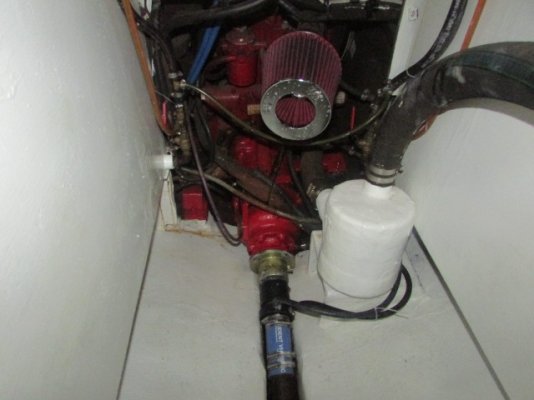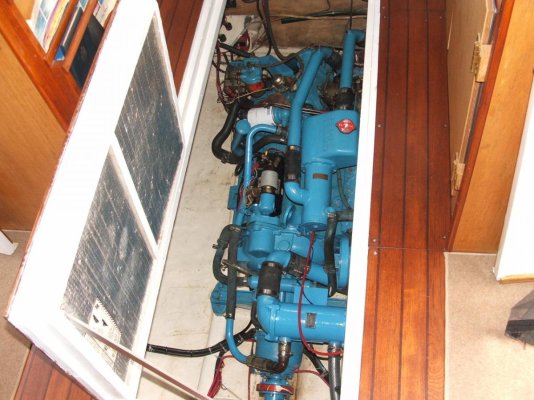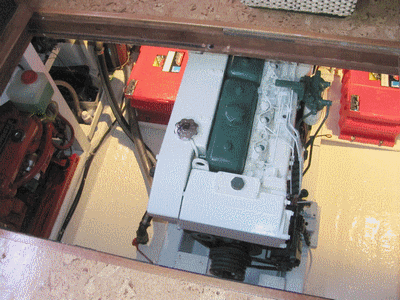I started this thread 9 days ago because my seal was leaking 80 gallons a day. The bilge pump was keeping up just fine. I thought it was a dripless seal. I later was able to get to it and found it was NOT a dripless seal.
Almost to man, the Traditional stuffing box was preferred. Those that preferred the dripless seal were those that made a living from selling/installing dripless seals AND thost that had invested in one and did not want to admit it was a bad choice.
The reasons for rejecting them that was most given was that NO ONE had heard of a boat sinking because of a Traditional Stuffing Box but several from diffused areas had heard or been witness to sinkings or near sinkings cused by dripless seals.
Back to the current leaking seal in my boat. After nine days, the leak has slowed to 8 gallons a day with nothing being done except pumping the bilge.
After the first post I discovered that the seal on my boat was NOT a dripless seal. Had it been, it would STILL be leaking 80 gallons a day. Because it is a traditional packing box, it has healed itself with growth and other flotsam that have filled the tinny leaks thru the flax. Had I been running the engine, this "healing" would not have taken place. I also found (I purchased the boat April 1st and moved it for the first time to my slip on July 15th) that the leak was much worse after the move. Then discovered that I was miss-using the Auto/Bypass switch on the bilge pump.
I had elected to do nothing until I could book a haul out because I didnt want to aggravate the situation and I THOUGHT that I had a dripless seal and would have to haul the boat.
Now, why was the stuffing box leaking so badly? Simple, after interviewing two previous owners I found that the gland had NEVER been tightened in 6 years. They just relied on the bilge pump to remedy the situation!!!!
Since one of the biggest manuf (shall remain nameless) recommends replacing the bellows every 5 to 6 years, I think this very abused traditional stuffing box did admirably in that even after all that abuse it didnt threaten to sink the boat.
I will now be able to just tighten the gland and be back to normal. After I add the grease fitting as described here and takes 30 min. and $2 worth of parts.......
https://www.sailboat-cruising.com/creating-a-dripless...
like I had on my previous two sailboats, it will be dripless and maintenance free. One squirt with the grease gun anytime it starts dripping. If it needs repacking it can be done IN THE WATER without a $1500 haulout.




